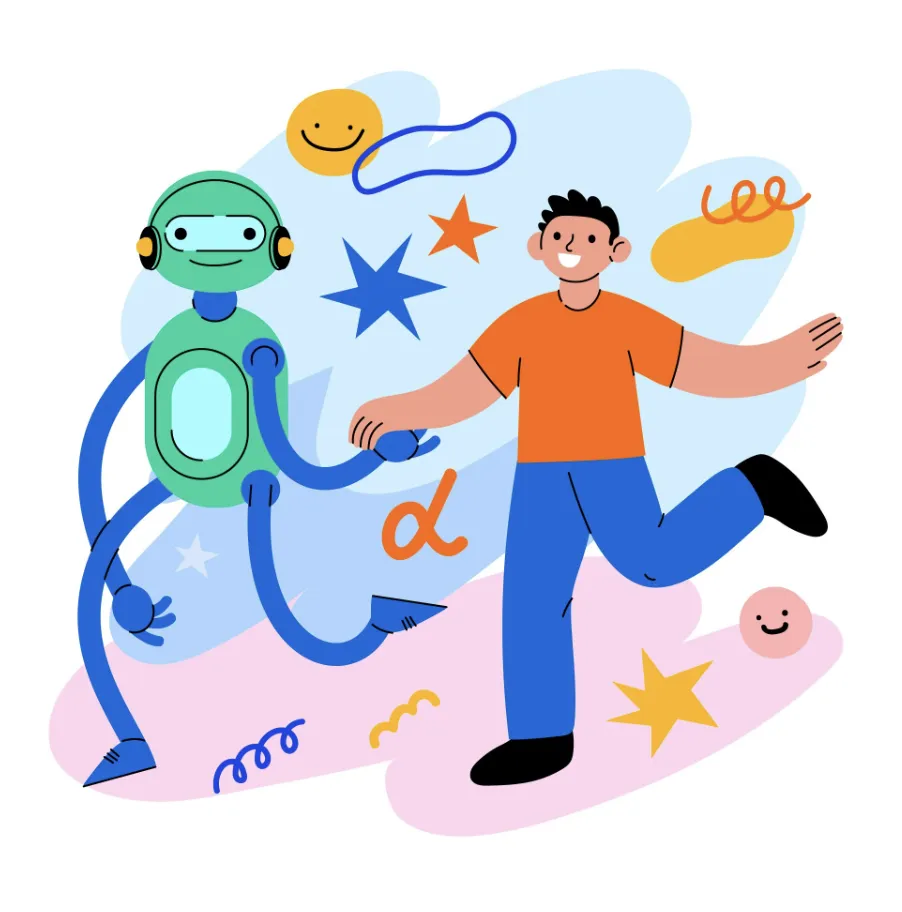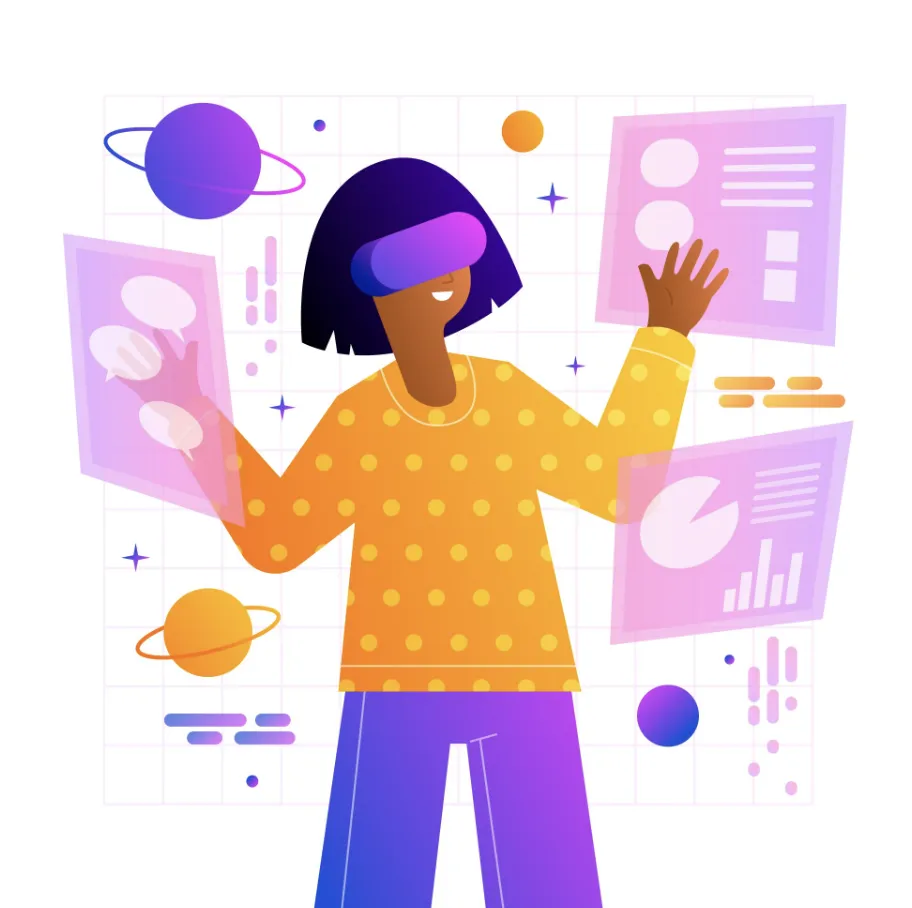How to Write Better Image Prompts for AI Art Generation
Learn to create effective prompts for Midjourney, DALL-E 3, Leonardo.ai and other AI image generators with proven techniques.
AI image generation can produce stunning results or disappointing failures. The difference lies in how you write your prompts.
Most users struggle because they treat AI like a human artist. They use vague descriptions expecting the AI to fill creative gaps. This approach consistently fails.
Studies show over 80% of users are initially dissatisfied with AI-generated images. Yet with proper prompting techniques, you can create professional-quality visuals consistently.
Table of Contents
- Why Most Image Prompts Fail
- Essential Prompt Components
- Best Practices by Platform
- Proven Prompt Templates
- Advanced Techniques
- Common Mistakes to Avoid
- Tools and Resources
- FAQ
- Conclusion
Why Most Image Prompts Fail
AI systems process text literally, not contextually. They need explicit instructions for every visual element you care about.
The Specificity Problem
Vague prompts produce generic results because AI fills gaps with statistical probability, not creativity.
❌ Poor Example:
✅ Better Example:
Missing Style Context
Without style guidance, AI defaults to generic interpretations. Each platform has different tendencies, making style direction crucial.
Information Overload
Too many conflicting elements confuse the AI. This creates chaotic compositions where nothing receives proper attention.
Research shows input specificity determines up to 70% of output quality in image generation systems.
Essential Prompt Components
Every effective prompt needs these five core elements:
1. Clear Subject Description
Be specific about what you want to see. Include relevant details about appearance, positioning, and context.
- People: age, clothing, expression, pose
- Objects: size, material, condition, purpose
- Scenes: location, time, weather, atmosphere
2. Artistic Style
Specify the visual output type you want:
- Photography: portrait, landscape, macro, street
- Digital art: concept art, illustration, 3D render
- Traditional: oil painting, watercolor, sketch
- Movements: impressionism, minimalism, baroque
3. Composition Details
Guide how elements are arranged:
- Angles: bird's eye, eye level, close-up
- Framing: wide shot, medium shot, extreme close-up
- Rules: rule of thirds, symmetry, leading lines
4. Lighting and Mood
Transform atmosphere through lighting specification:
- Natural: golden hour, overcast, moonlight
- Artificial: studio, neon, candlelight
- Quality: soft, hard, dramatic, ambient
5. Technical Parameters
Include quality and format specifications:
- Resolution requirements
- Aspect ratios
- Platform-specific syntax
- Quality indicators
| Component | Examples | Impact |
|---|---|---|
| Subject | Woman, cat, mountain | Core focus |
| Style | Photography, painting, digital art | Visual aesthetic |
| Lighting | Golden hour, studio, dramatic | Mood and quality |
| Composition | Close-up, wide angle, rule of thirds | Visual arrangement |
Best Practices by Platform
Different AI generators require different approaches for optimal results.
DALL-E 3 (ChatGPT)
Best for detailed descriptions and natural language processing.
- Optimal length: 100-200 words
- Strengths: Complex scenes, text integration
- Best for: Illustrations with text, conceptual art
Example Prompt:
Midjourney
Excels at artistic quality and stylized images.
- Optimal length: 40-60 words
- Strengths: Artistic interpretation, creative compositions
- Best for: Artistic illustrations, stylized portraits
Stable Diffusion
Offers technical control and customization options.
- Optimal length: Under 380 characters
- Strengths: Precision, community models, batch generation
- Best for: Technical requirements, specific styles
Leonardo.ai
Combines ease of use with professional features.
- Strengths: Model variety, consistent results
- Best for: Commercial use, brand imagery
Understanding these differences helps you choose the right tool and craft appropriate prompts for each platform.
Proven Prompt Templates
Use these tested templates as starting points for common use cases:
Portrait Photography
Landscape Photography
Digital Art
Product Photography
Advanced Techniques
Master these techniques for professional-level results:
Negative Prompts
Tell AI what to avoid or exclude. Prevents common artifacts and unwanted elements.
Example:
Weight and Emphasis
Use platform-specific syntax to emphasize elements:
Iterative Refinement
Professional approach to perfect results:
- Start with basic structured prompt
- Generate initial results
- Identify needed improvements
- Refine with targeted adjustments
- Repeat until satisfied
Artistic References
Mention specific styles or movements for guidance:
- "In the style of Renaissance portraiture"
- "Inspired by contemporary fashion photography"
- "Minimalist design aesthetic"
For more AI techniques, check our guide on the best AI tools available and effective text prompting strategies.
Common Mistakes to Avoid
Recognize these pitfalls to improve your success rate:
Mistake 1: Treating AI Like Humans
Don't expect AI to intuitively understand context. Provide explicit details for every important visual element.
Mistake 2: Generic Style Requests
"Realistic" or "artistic" are too broad. Be specific:
❌ Avoid: "Make it realistic and artistic"
✅ Better: "Photorealistic portrait, studio lighting, 85mm lens, fashion photography style"
Mistake 3: Ignoring Aspect Ratios
Most platforms default to square. Specify ratios for your intended use.
Mistake 4: Overcomplicating Prompts
Focus on one primary concept per generation. Multiple disparate elements create chaos.
Mistake 5: Not Using Platform Features
Each generator offers unique tools. Explore parameters and features to maximize quality.
Tools and Resources
Enhance your AI image generation with these resources:
Essential Tools
- Lexica.art - Browse Stable Diffusion prompts and results
- OpenArt.ai - Prompt sharing and model exploration
- PromptBase - Quality prompt marketplace
Community Resources
Join active communities for learning and inspiration:
Learning Platforms
- Hugging Face - AI model exploration
- Platform documentation - Read official guides for each tool
| Platform | Best For | Learning Resource |
|---|---|---|
| DALL-E 3 | Beginners, complex scenes | OpenAI documentation |
| Midjourney | Artistic quality | Official Discord |
| Stable Diffusion | Technical control | Community forums |
| Leonardo.ai | Commercial use | Platform tutorials |
FAQ
What makes a good AI image prompt?
Good prompts include specific subject details, artistic style, lighting, composition, and technical parameters. Be descriptive but focused on one main concept.
Which AI image generator is best for beginners?
DALL-E 3 via ChatGPT is most beginner-friendly due to natural language processing. Midjourney offers highest artistic quality but requires more specific prompting.
How long should my prompts be?
- DALL-E 3: 100-200 words
- Midjourney: 40-60 words
- Stable Diffusion: under 380 characters
Each platform has different optimal lengths for best results.
Can I mention artist names in prompts?
Yes, but use responsibly. Mentioning artistic styles or movements like "impressionist style" or "portrait photography style" works well without specific artist names.
What are negative prompts and when should I use them?
Negative prompts tell AI what to avoid. Use them to prevent unwanted elements, artifacts, or low-quality results. Essential for clean, professional images.
Conclusion
Mastering AI image generation transforms from frustration to powerful creative skill through proper prompt engineering. The difference between poor and stunning results lies entirely in your prompting approach.
The techniques in this guide provide immediate improvement in your AI image results. Success comes through practice and iteration, not first-attempt perfection.
Start implementing these strategies today:
- Master one platform completely before expanding
- Practice structured prompt frameworks consistently
- Document successful prompts for future reference
- Join communities to learn from other creators
Your journey from generic results to professional-quality AI imagery starts with your next prompt. Apply these principles consistently and watch your creative possibilities expand.

